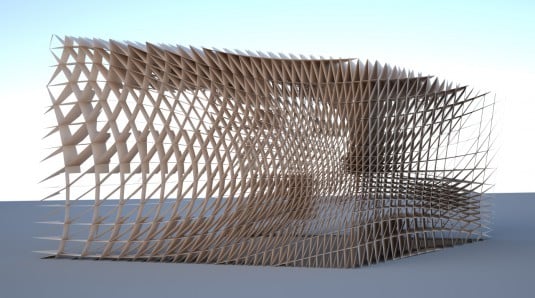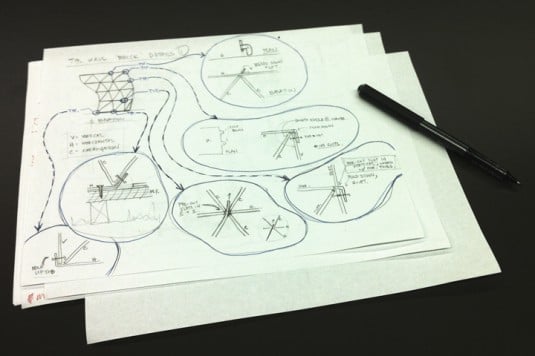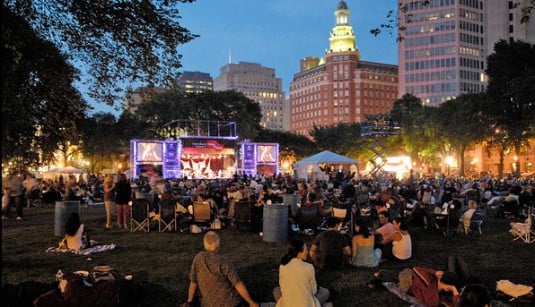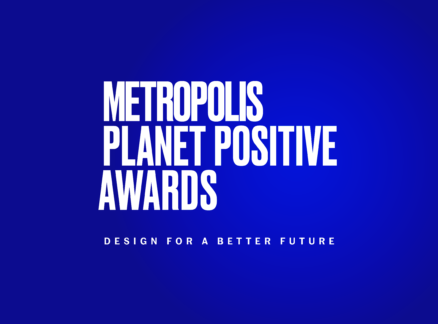
June 11, 2012
Designing and Building a Pavilion: I
Yale Building Project 1983 The Yale ‘Assembly’ Pavilion is the younger, smaller, more carefree sister to Yale’s Building Project – the 40-year old tradition in which first-year students design and build a house. Initiated by post-professional students who haven’t participated in the building project, the pavilion raises all the implications of doing work outside the […]
Yale Building Project 1983
The Yale ‘Assembly’ Pavilion is the younger, smaller, more carefree sister to Yale’s Building Project – the 40-year old tradition in which first-year students design and build a house. Initiated by post-professional students who haven’t participated in the building project, the pavilion raises all the implications of doing work outside the bounds of architecture school: It is a chance to work at full scale with real architectural materials, marshal the organizational effort needed to realize a complex building, work with clients and consultants, engage with legal and public processes, and create a structure to be inhabited and experienced by thousands of people each year.

Extrusion
The project started as a seminar focused on the changing ways that contemporary buildings come together and the potential architectural effects those computational and material techniques open up. We treated the tenets of digital fabrication– our ability to efficiently produce variable and unique components and the cultural implications of moving beyond standardized manufacturing– as basic assumptions. But we were less concerned with the uniqueness of the objects we created than about the novel types of tectonic expression they allow.

Detailed Sketches
Designed for New Haven’s summer Festival of Arts and Ideas, the pavilion was developed with several characteristics in mind.
Dynamism: The structure is suited to a performance festival. It is solid and massive from one angle, lightweight and almost entirely porous from another. It alternately hides and reveals its contents.
Visual Transparency: Constructed from thin aluminum sheets, the pavilion opens up on two sides for ventilation and security, focusing views toward the festival’s main stage.
Visual Density: Over 1,000 panels create shifting effects of reflection and color as visitors move around the pavilion, making for less of a timeless image of shelter than an engaging heart for the festival.

International Festival of Arts and Ideas
The project was made possible through the support of the Festival of Art and Ideas, generous funding from Assa Abbloy in New Haven, our volunteer structural collaborator Matthew Clark from Arup in New York, the Yale School of Architecture and the students who first conceived of the project and are now firing up the plasma cutter to slice the first sheet of aluminum.
Brennan Buck is principal of the firm FreelandBuck, based in New York City and Los Angeles. A critic at the Yale School of Architecture, he is faculty advisor to the Assembly Pavilion Project.
This post is part of a series on Designing and Building a Pavilion.





